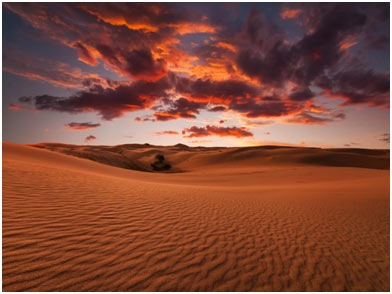- 1) Famous Deserts on Earth
- 2) 1.Antarctic Desert– Antarctica
- 3) 2.Sahara Desert – Africa
- 4) 3.Thar Desert– Pakistan/India
- 5) 4.Rub’ al Khali– Saudi Arabia
- 6) 5.Gobi Desert– China/Mongolia
- 7) 6.Atacama Desert– South America
- 8) 7.Namib Desert– Africa
- 9) 8.Mojave Desert– Nevada/California
- 10) 9.Dasht-e Kavir– Iran
- 11) 10.Cholistan– Pakistan
- 12) You may also like to learn:
Famous Deserts on Earth
Deserts are among the most dramatically alluring natural landscapes worldwide. Their stark appeal is timeless, and life here exists at the mercy of the aspects. Deserts are wild, extreme places, and we love exploring them, photographing them, and discovering more about these magical locations. Check out our preferred and well-known deserts throughout the world.
1.Antarctic Desert– Antarctica
Winter season darkness, cold, ice– these might be some of the words utilized to explain the continent of Antarctica. Antarctica does not see adequate precipitation to qualify as anything besides a desert. It does not rain or snow a lot there.
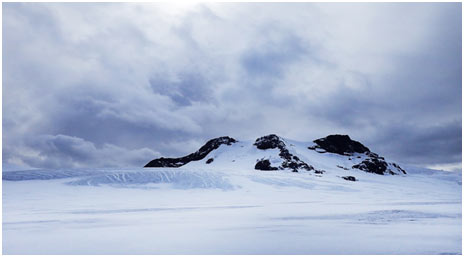
When it snows, the snow does not melt and builds up over several years to make big, thick sheets of ice called ice sheets. You will not find any plants except for moss and algae. When it comes to animals, you will see whales, seals, and, of course, penguins.
2.Sahara Desert – Africa
Most likely the very first one that springs to mind, the Sahara Desert is the world’s most popular. Lots of people believe it’s likewise the biggest however in fact it can be found in third, after Antarctica and The Arctic.
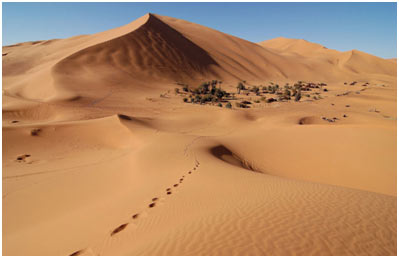
Covering the majority of North Africa, the Sahara is practically as large as the United States! Called after the Arabic word for desert, temperatures can reach the 50-degree mark during high summer, and during the night can drop to near freezing. The dunes here are huge– some of them rise to 180 meters high.
3.Thar Desert– Pakistan/India
Also known by the name the Great Indian Desert, the Thar Desert lies in eastern Pakistan and northwestern India. The most populated desert in the world, the Thar Desert is home to 83 individuals per square kilometer. The landscape is identifiable by large transitioning sand dunes, which cover the majority of the desert, together with alluvial plains and salt lakes that appear during monsoon season.
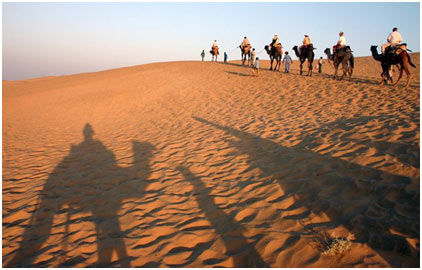
The biodiversity is impressive with more than 140 species of birds, 23 types of lizards, 25 snake species, plus the chinkara, or Indian gazelle, to call however a couple of.
4.Rub’ al Khali– Saudi Arabia
The Rub’ al Khali is the sand desert including most of the southern third of the Arabian Peninsula. The desert covers some 650,000 km ² including parts of Saudi Arabia, Oman, the United Arab Emirates, and Yemen. It becomes part of the larger Arabian Desert. Fauna includes arachnids (e.g. scorpions) and rodents, while plants live throughout the Empty Quarter.
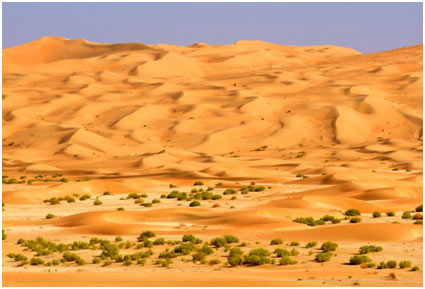
The name ‘Empty Quarter’ is appropriate given its severe environment, which does not permit much of anything to prosper there. However, that does not take away from its beauty.
5.Gobi Desert– China/Mongolia
The Gobi Desert is a large, arid region in northern China and southern Mongolia. It’s known for its dunes, mountains, and unusual animals such as snow leopards and Bactrian camels. In the Gobi Gurvansaikhan National Park, the Khongoryn Els dune is said to sing when the wind blows. The park likewise features the deep ice field of Yolyn Am canyon.
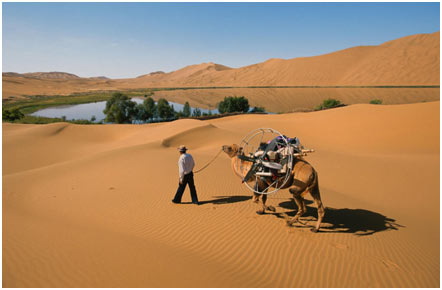
Dinosaur fossils have been discovered at the red “Flaming Cliffs” of Bayanzag. It is popular for its role in the Mongol Empire and important stops along the Silk Road. The Gobi is likewise known for its severe temperatures from as high as 122 degrees Fahrenheit (50 degrees Celsius) in the summer and incredibly low-temperature levels in the winter.
6.Atacama Desert– South America
Located west of the Andes along the Pacific coast in Peru and Chile, the Atacama Desert is known as the ‘driest place on Earth’. Parts of the desert have actually never ever seen a drop of rain considering that records have been kept. This reality may lead you to think that this location is without life, but that’s not real. More than a million people call this desert house. Due to its location along the coast, the Atacama is cooler than most deserts and is regularly covered with fog.
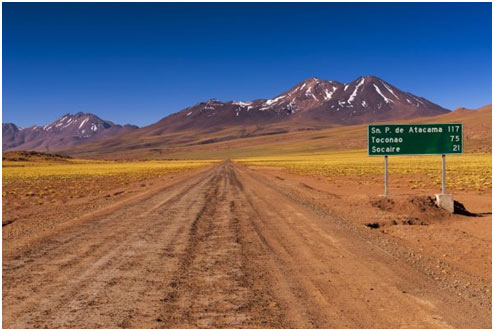
7.Namib Desert– Africa
A seaside desert, the Namib Desert covers the nations of Namibia, Angola, and South Africa, going for around 2000 km along the Atlantic Coast. It’s likewise the oldest desert in the world, approximated to have actually been a desert for between 55 and 80 million years.

This is where you’ll find ‘The Skeleton Coast’, so-called for the many whale and seal bones that would wash up on the shore during the days of the whaling trade. But in modern times, the name more appropriate to the skeletal remains of shipwrecks that line the coast, caught off-guard by the dense fog that rolls in off the Atlantic in the evening. Including some of the world’s highest dunes, this is a land of legendary cinematic landscapes.
8.Mojave Desert– Nevada/California
The Mojave Desert covers parts of southeastern California and southern Nevada, together with small sections of northwestern Arizona and southwestern Utah. This desert is identifiable by the secured Joshua trees and is considered a ‘high desert.’
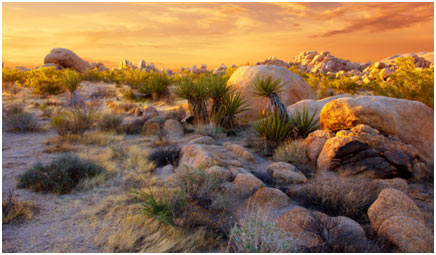
However, the unbelievable Death Valley, which is within the Mojave, is really 282 feet (86 meters) below sea level. The Mojave is likewise home to the sensational Valley of Fire State Park plus lots of towns and museums, making it an incredibly popular tourist location.
9.Dasht-e Kavir– Iran
Positioned in the middle of the Iranian plateau, the Dasht-e Kavir, also known as the Great Salt Desert, includes salt marshes (kavirs), of course, and mud. Featuring a landscape of salt mounds, which were created when the underground salt layers required their way through the mud and rocks to the top, the land threatens as the mud is tough to leave if you were to fall in. Because of this, the area is unoccupied except for the mountainous areas.
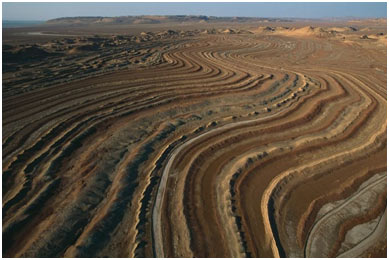
10.Cholistan– Pakistan
The Cholistan Desert also locally called Rohi is a large desert in the southern part of Punjab, Pakistan that forms part of the Greater Thar Desert, which reaches Sindh province and the Indian state of Rajasthan. It is among 2 big deserts in Punjab, the other being the Thal Desert. The name is stemmed from the Turkic word chol, meaning “sands,” and istan, a Persian suffix significance “land of.”
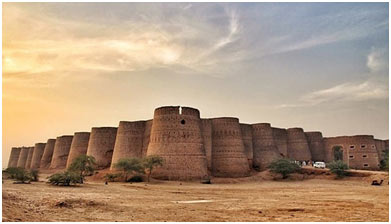
The Cholistan covers an area of 25,800 km2 in the Bahawalpur, Bahawalnagar, and Rahim Yar Khan districts of southern Punjab. Cholistan’s environment is identified as a dry and semi-arid Tropical desert, with really low yearly humidity. Subsoil water in the Cholistan is normally brackish and unsuitable for many plant growth. Native trees, shrubs, and grasses are drought tolerant. The wildlife of the Cholistan desert primarily includes migratory birds, specifically the Houbara bustard. The other endangered species in this desert is Chinkara.

